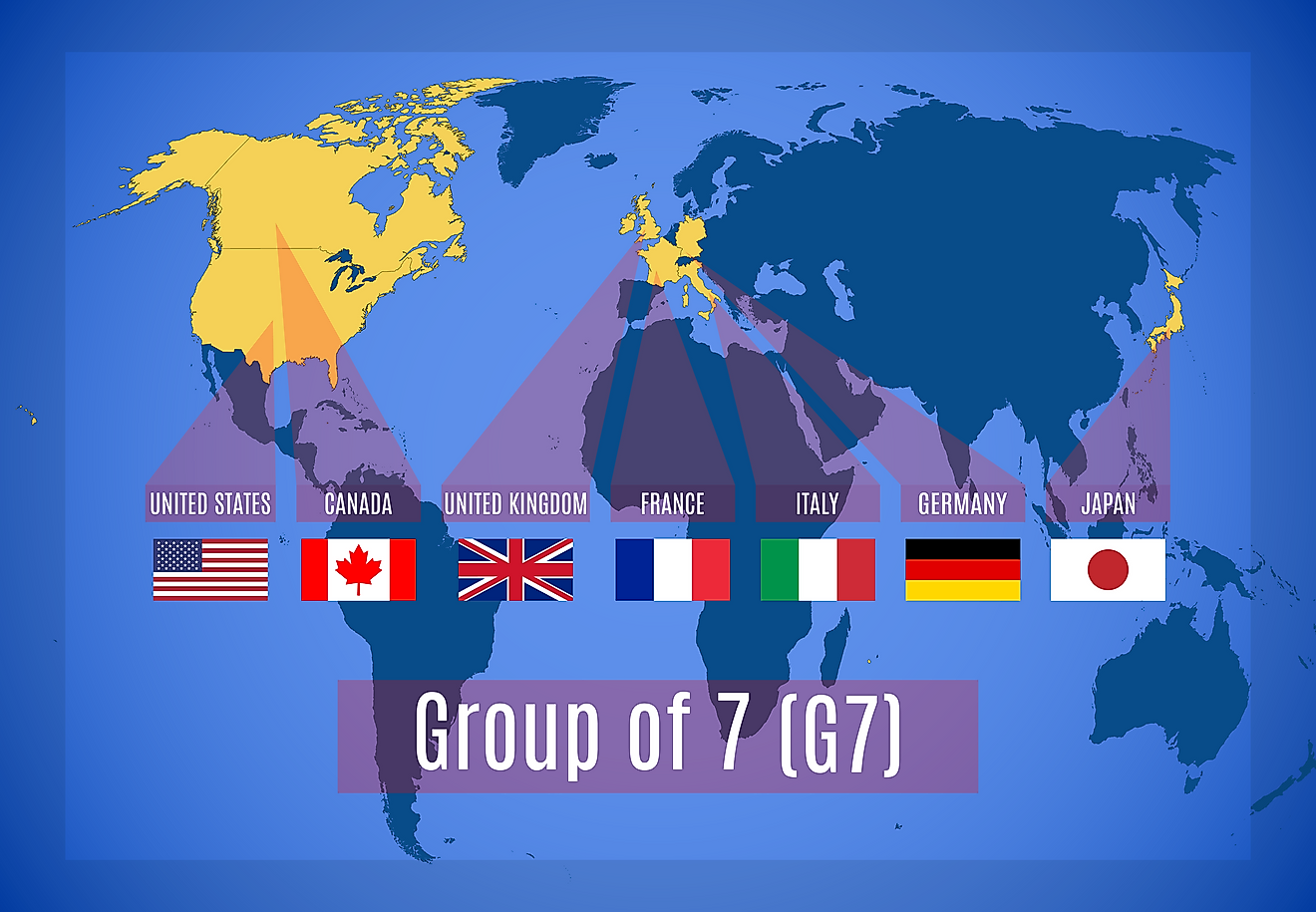What Type of Government Does Monaco Have?

The principality of Monaco is a microstate in Western Europe bordered by France and the Mediterranean Sea. It is the world’s second smallest independent state after the Vatican. The Grimaldi family took leadership of Monaco in 1297 and has ruled the country ever since, although there have been a few interruptions. The Grimaldi family exercised absolute control of Monaco and all its resources until 1911 when the country drafted its first constitution. The main aim of the constitution was to lessen the powers of the ruling family. The newly drafted constitution made Monaco into a constitutional monarchy and shifted political power from the ruling prince to the minister of state. In 1962, Monaco’s second constitution was drafted. It outlined the three branches of government, namely the executive, legislative, and judicial branches.
Executive Branch
The executive branch of government is comprised of the prince, minister of state, and council of government. The prince inherits his position from the ruling family and is the head of state. His major role is to appoint the minister of state from a list of three candidates selected by the government of France. The minister of state is the head of government, and directs the council of government, handles foreign relations, and commands the police. The council of government is comprised of five members, who handle the economy and finances of Monaco, internal and external affairs, the environment, as well as the social welfare of the residents of Monaco.
Legislative Branch
The principality of Monaco has a unicameral parliamentary system, meaning they have only one legislative chamber. The national assembly has 24 members who are publicly elected through a majority vote. Members of the national assembly are voted in through different political parties because Monaco is a multi-party state. The members of the national assembly serve for five-year terms. The role of the national assembly is to vote on Monaco’s budget and debate laws put forward by the prince. The legislative branch of government works independently with no influence from the monarch. However, the prince has the power to dissolve parliament on the condition that elections are held within three months from the time of dissolution.
Judicial Branch
The judicial arm of government in the principality of Monaco is comprised of the supreme court, court of appeal, and the civil court. The courts are run by French judges. The supreme court is the highest court in Monaco and is made up of five permanent judges who are appointed by the monarch after nominations by the national assembly, council of government, and other state organizations. Monaco’s laws are closely linked to the laws in France, which are based on the Napoleonic Code. Although justice is dispensed in the name of the ruling prince, judges decide independently without the control of the monarch.
Administrative Units
Monaco occupies a small area of two square kilometers. It is made of one municipality which is partitioned into four administrative quarters, namely Fontvieille, Monaco-Ville, La Condamine and Monte-Carlo. The quarters are jointly run by a mayor and a council of 15 elected members referred to as the communal council. The quarters are further sub-divided into ten wards.











